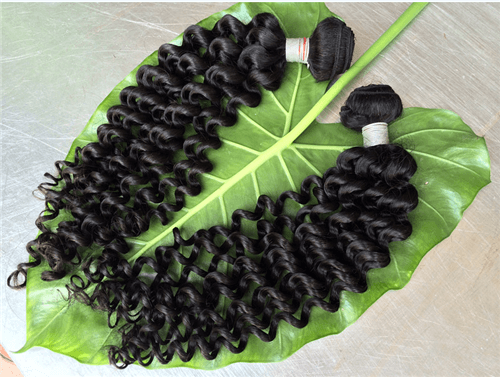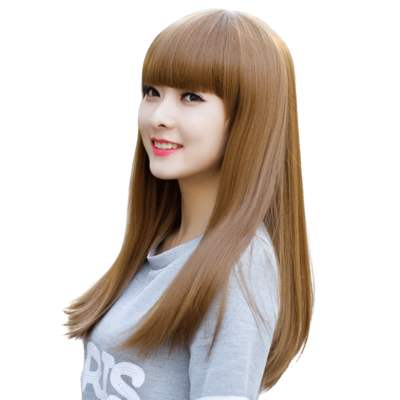If your hair is short, hair weaving can make it longer; if it’s long, you can have a shorter look without cutting your hair.
The art of hair weaving involves attaching your own hair to synthetic or human hair. A variety of techniques are used to attach the hair: braiding, keratin bonding or sewing the hair onto cornrows, and weaving the hair into cornrows. At the beauty supply there is a huge selection of human hair in various textures—ever wonder where it comes from?
Fallen Hair
Most human hair sources are located in Asia and China.
Local residents sell hair that has literally fallen in the natural shedding process to hair farmers. The hair farmers sell the hair to processors who treat the hair with an acid bath and silicon to make it shiny. This fallen hair method is the way most human hair weaves are produced .

Remy Hair
The term “remy hair” refers to that is cut,or harvested directly from the head.
This hair could come from any country. A major source of remy hair is Asian countries. Remy hair is processed, leaving the cuticle layer intact. The hair is cut in one direction so it does not tangle when processed.
Indian Origins
Most hair weaves come from India.
Some Indian hair comes from Hindu temples where men and women cut their hair in hopes of receiving blessings in life. In one temple in southern India, more than 50,000 people come every day and one ton of human hair is collected. The temple sells the hair and much of this money is used to fund schools and roads. Many Indian women brush their hair two to three times a day to collect fallen hair to sell and support their families.

